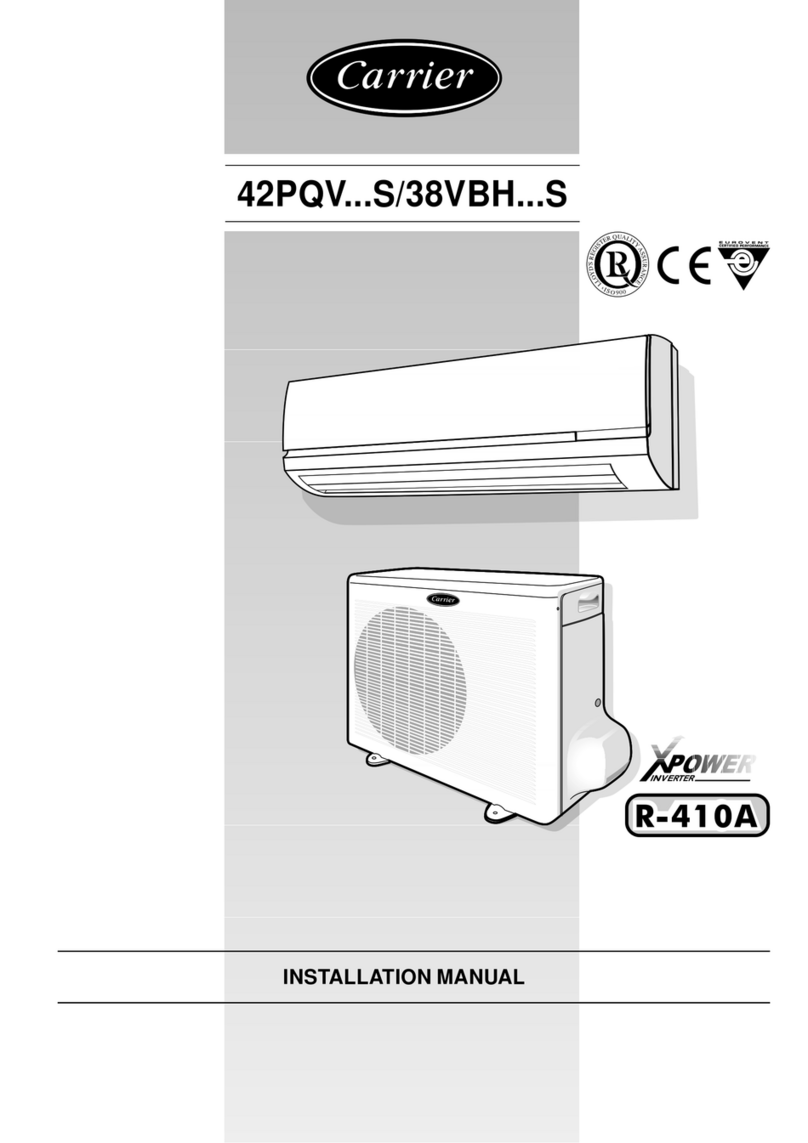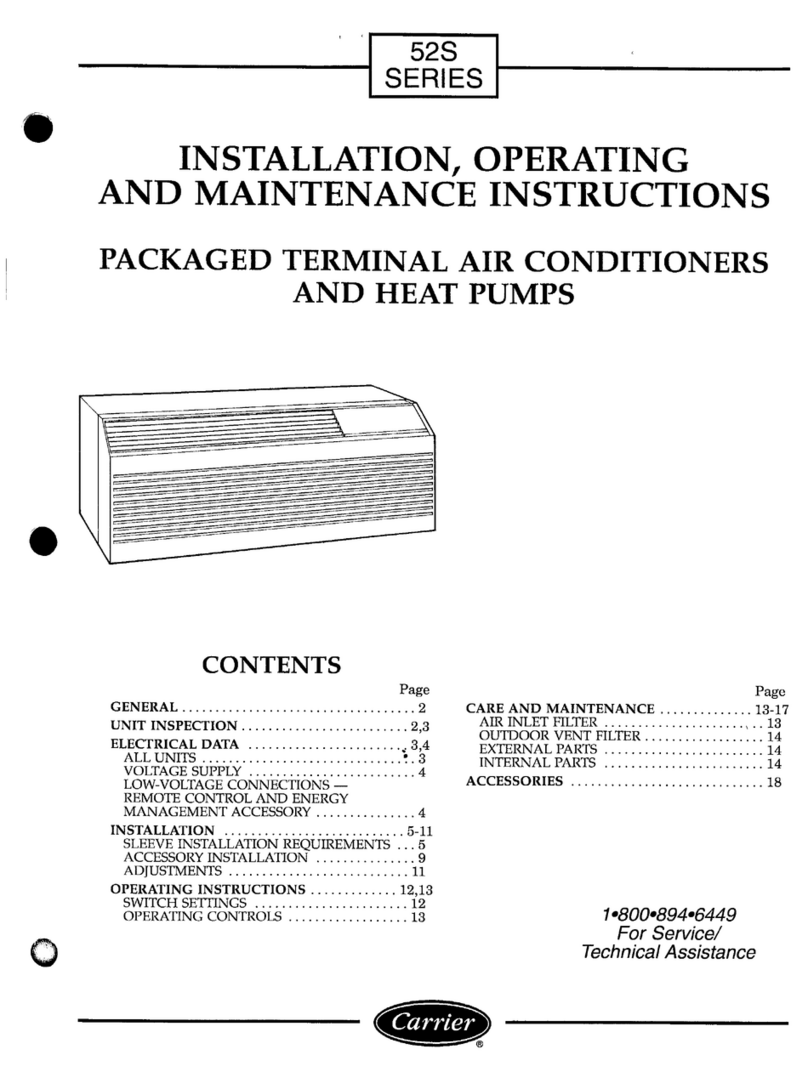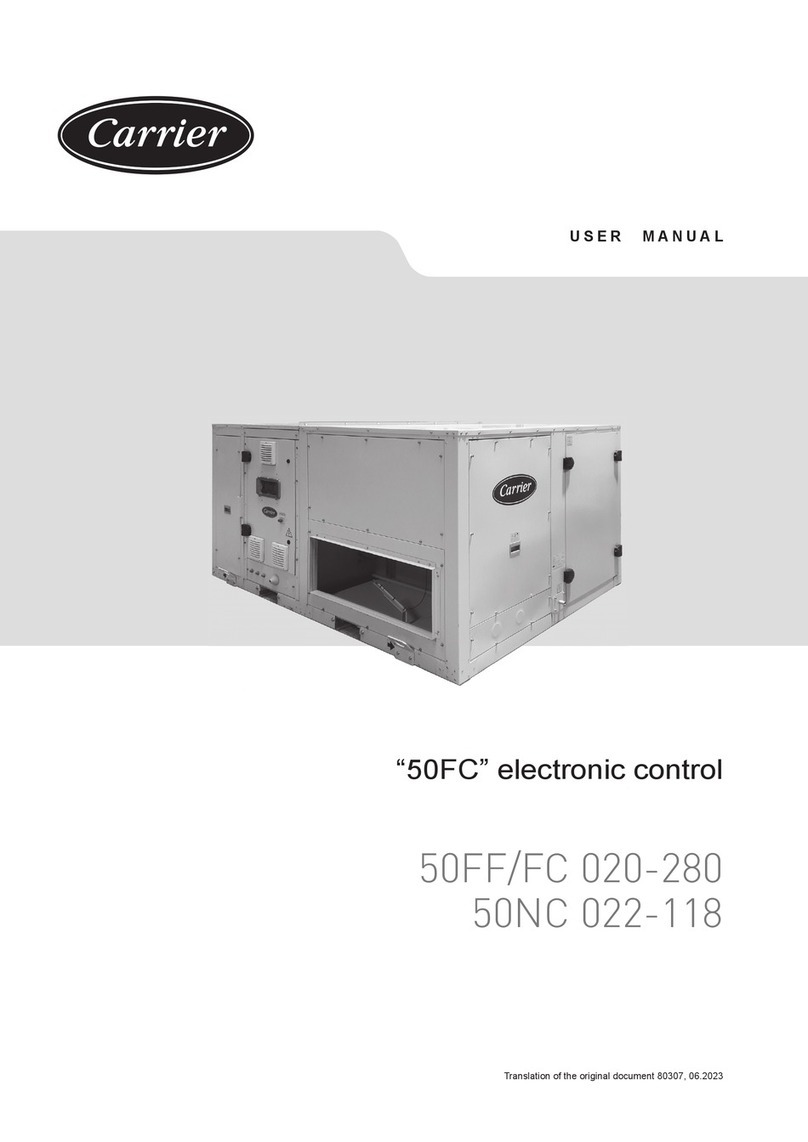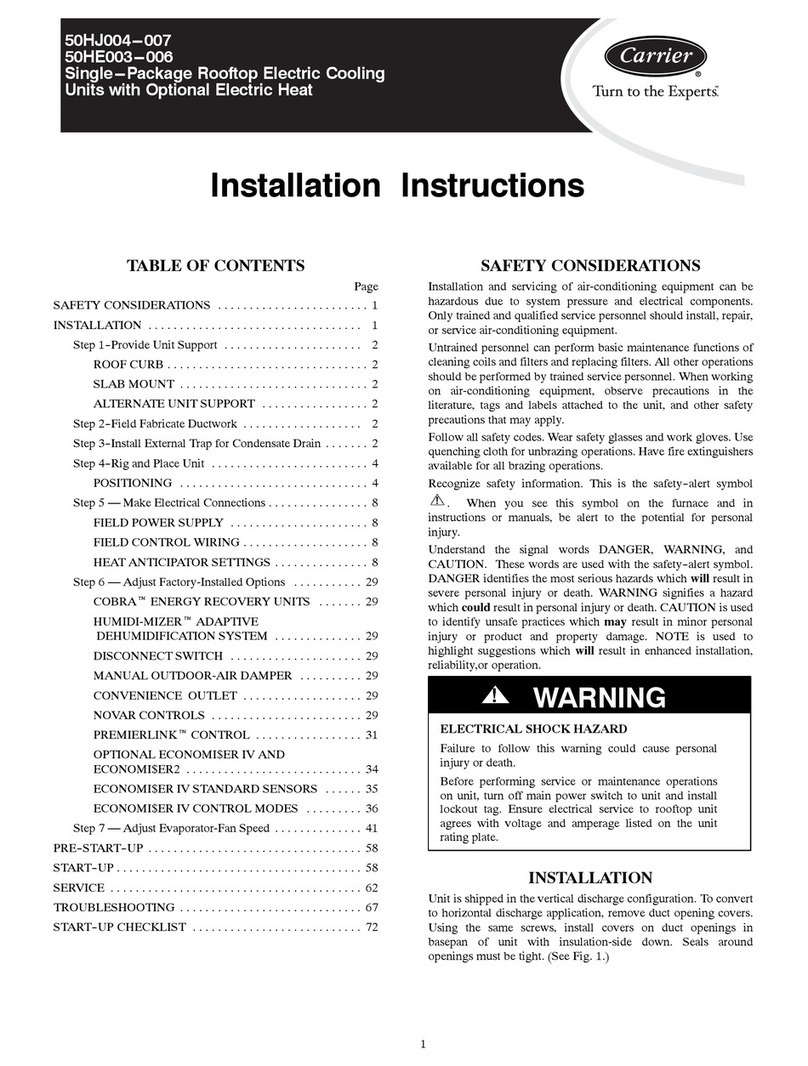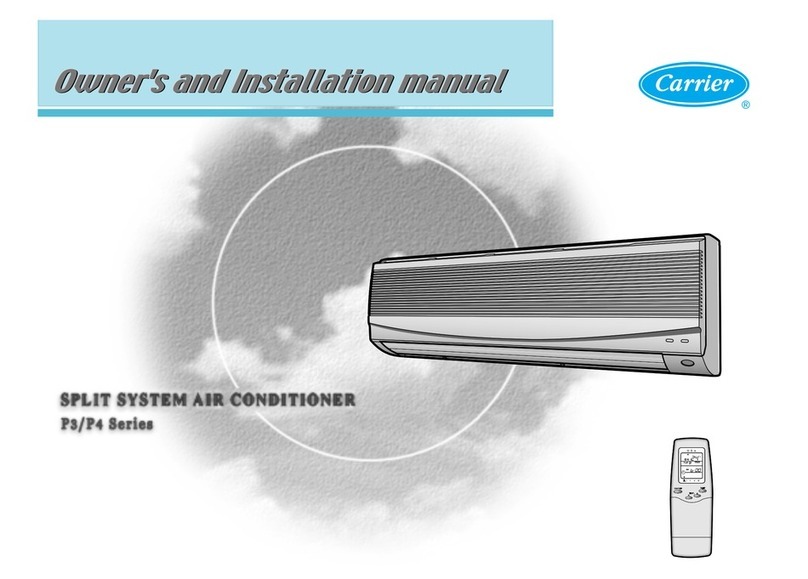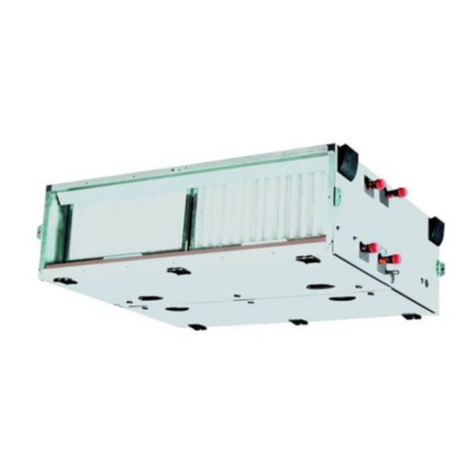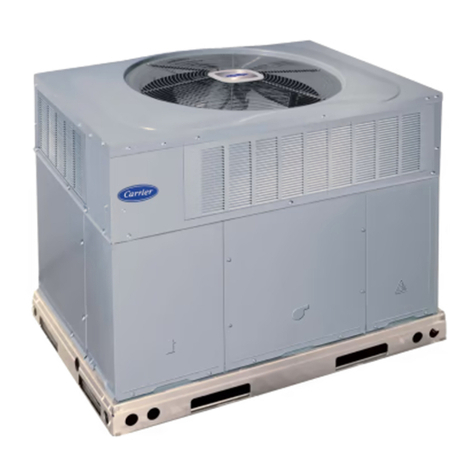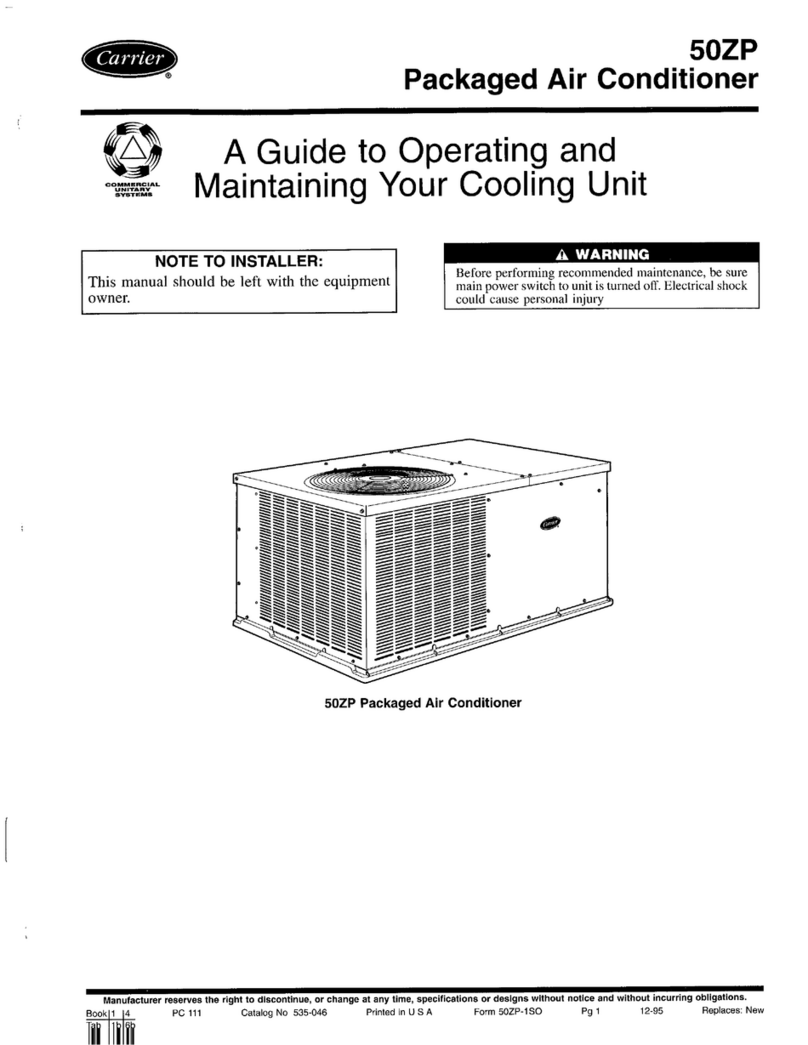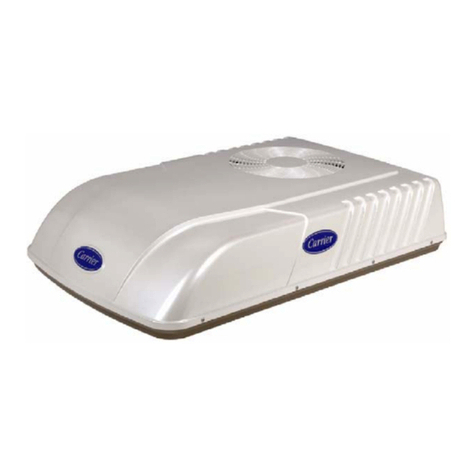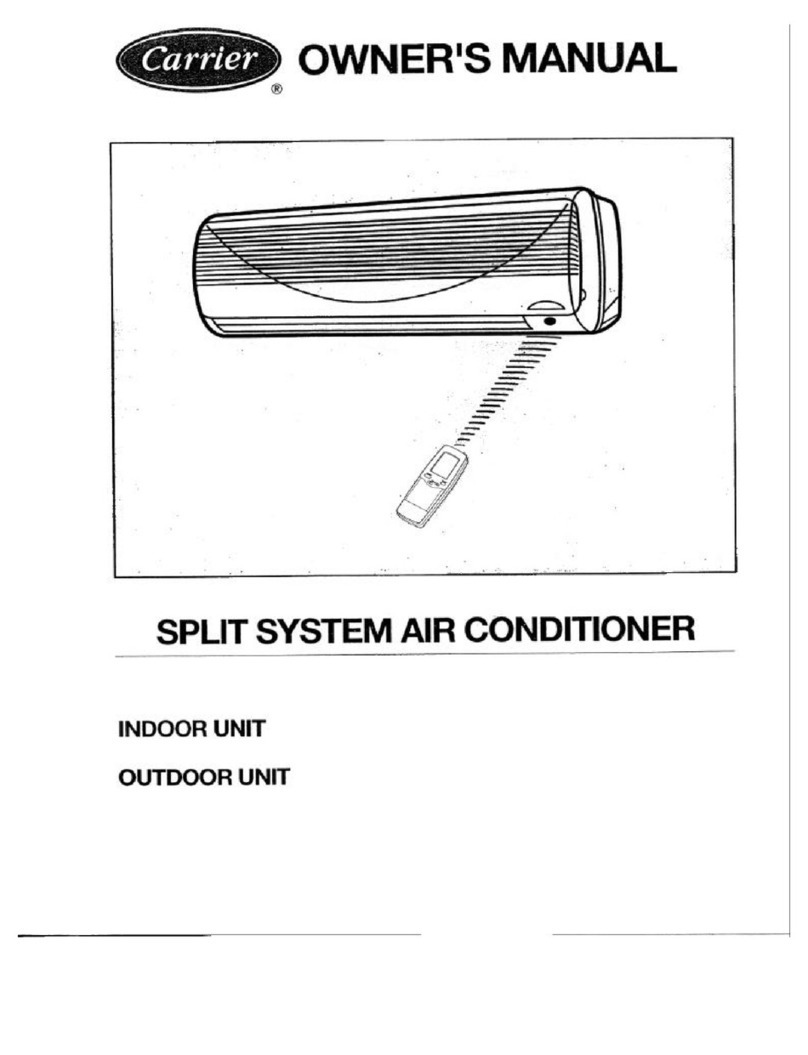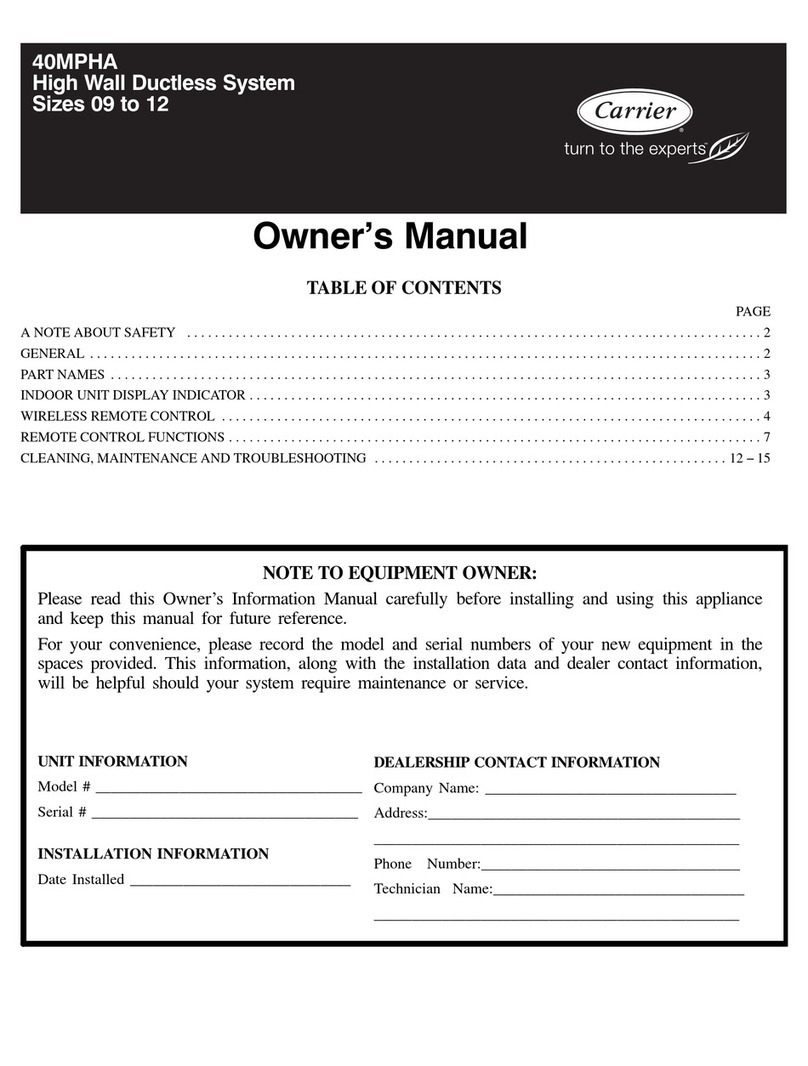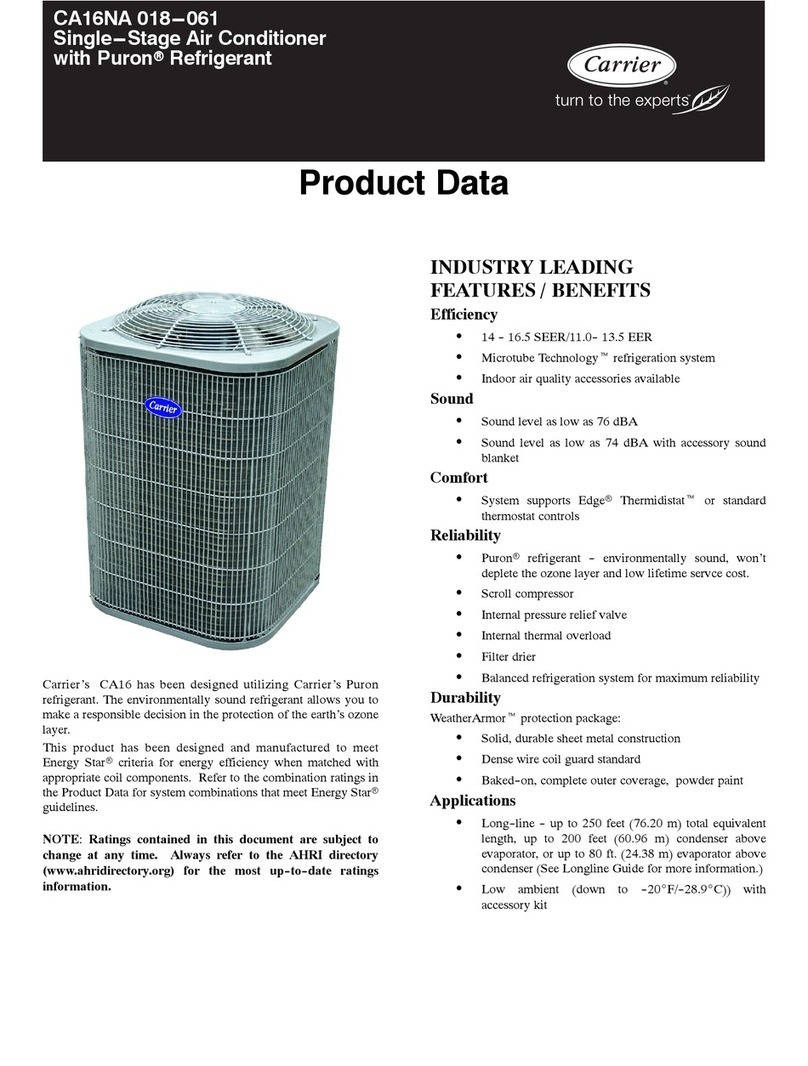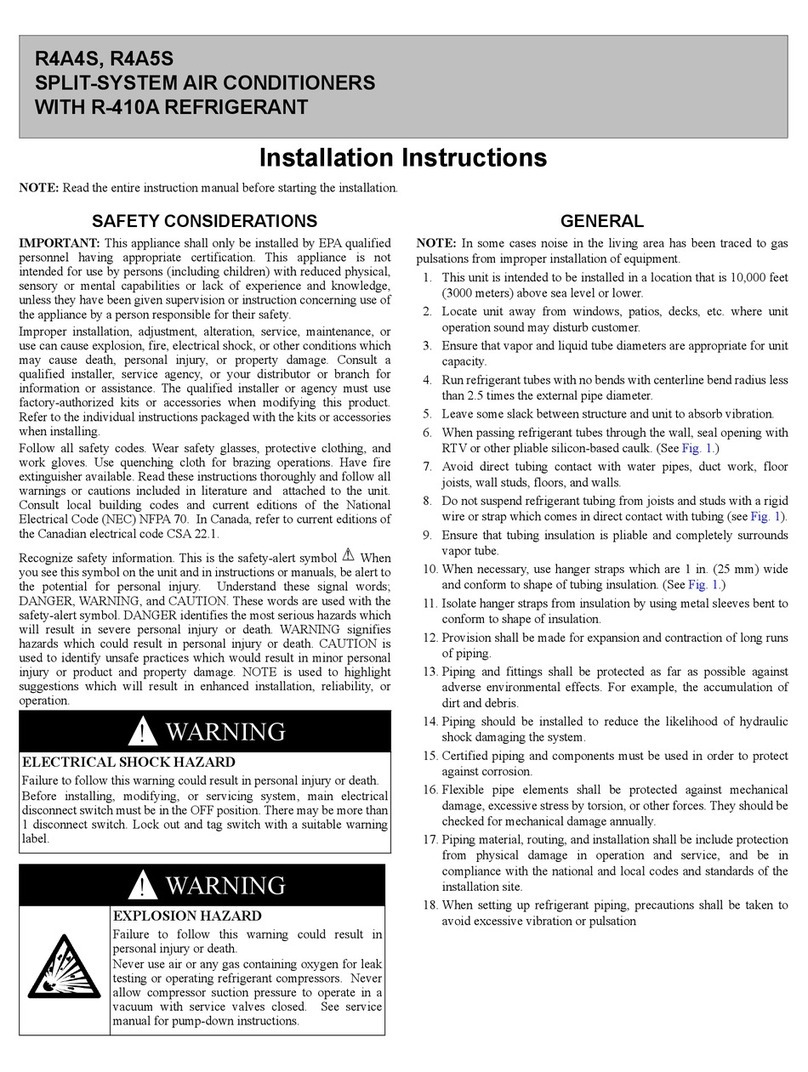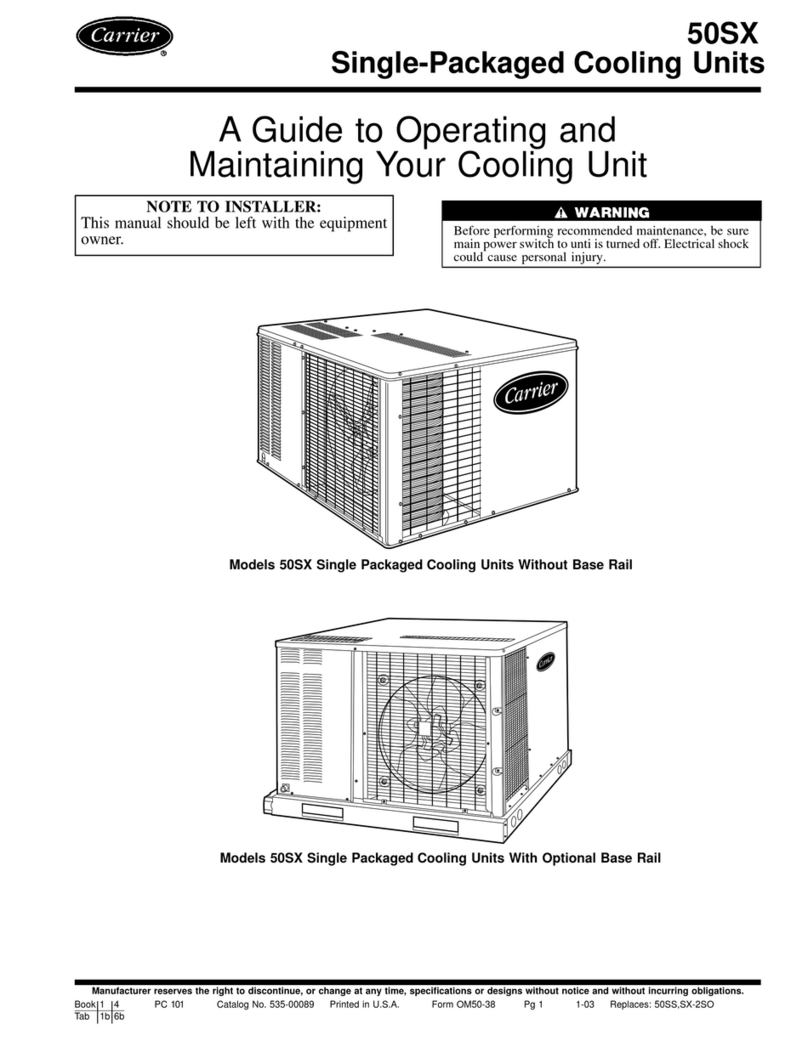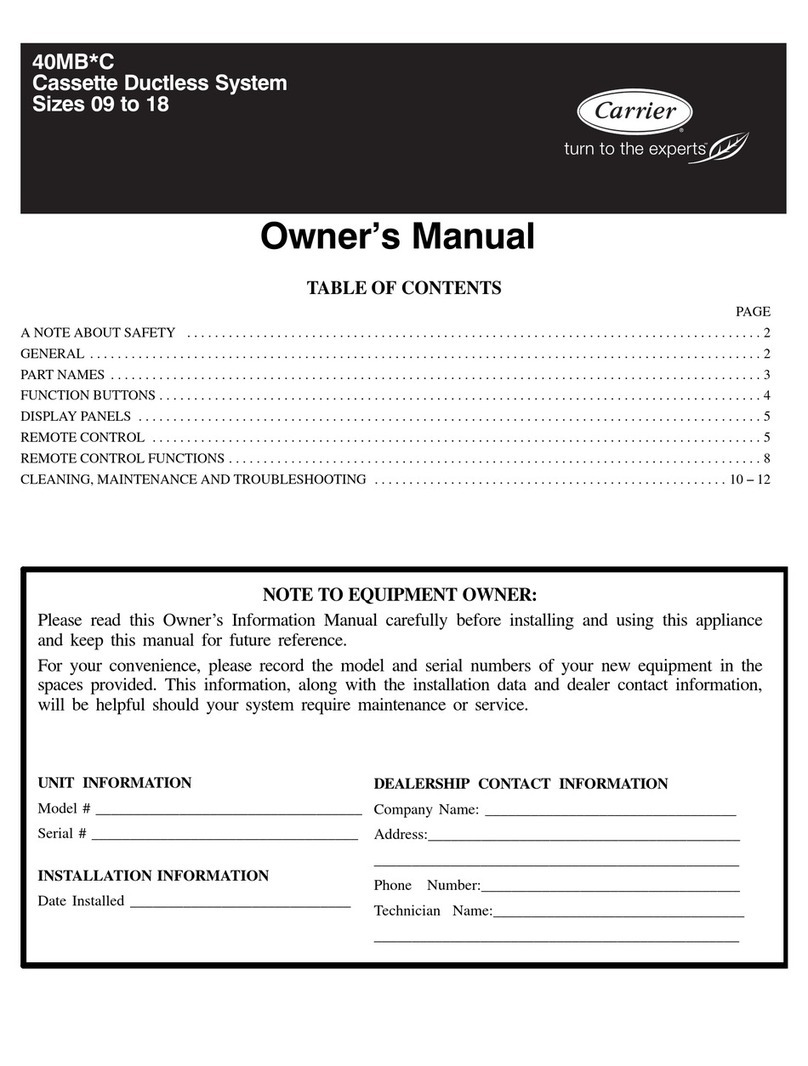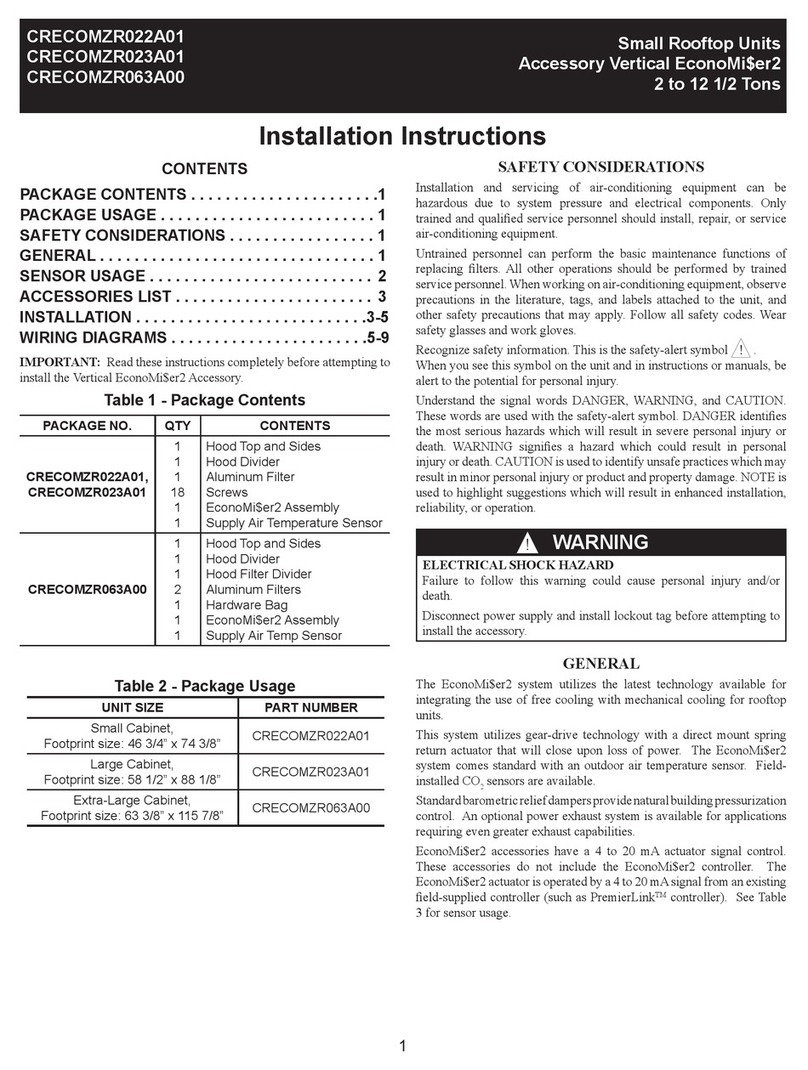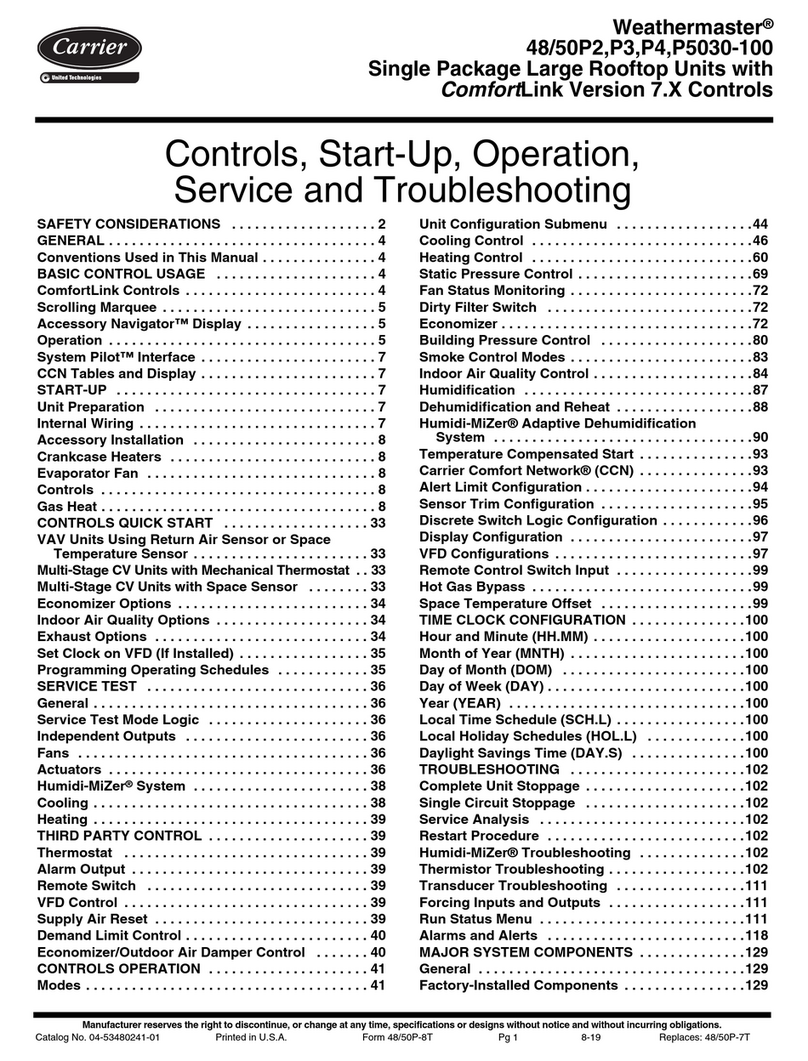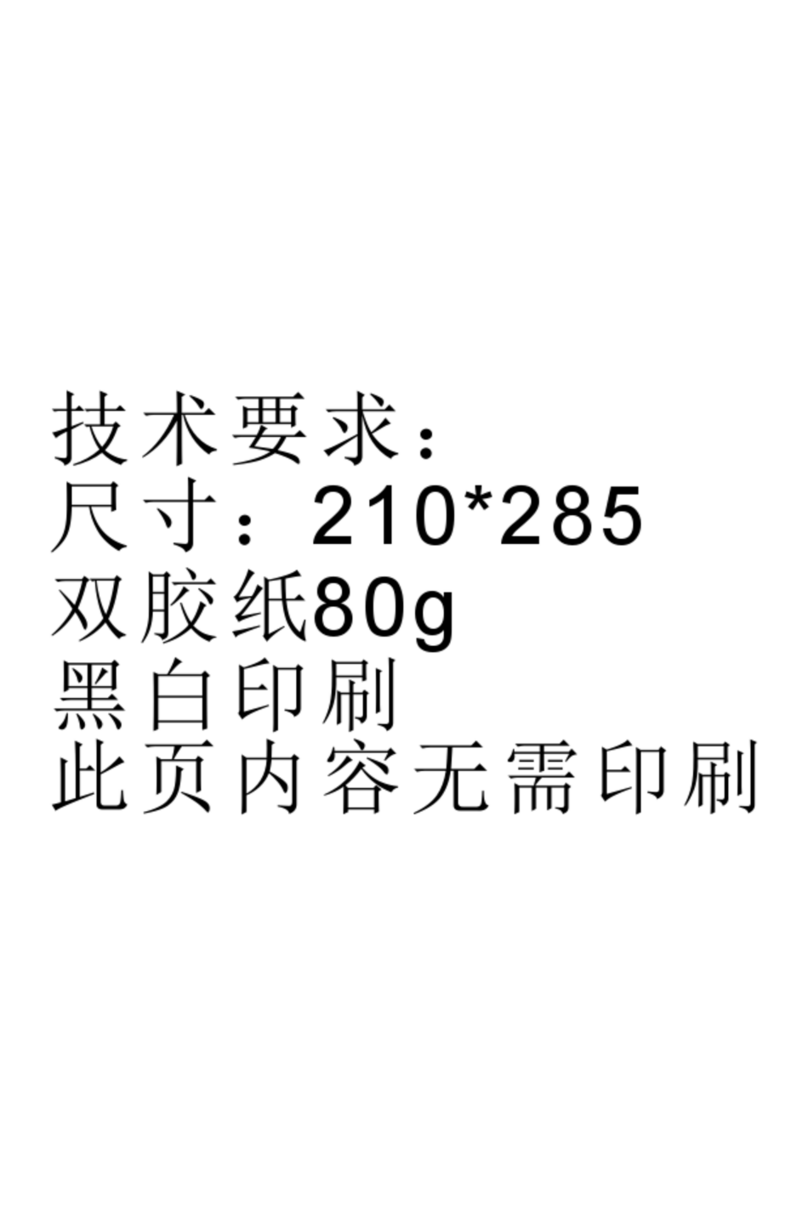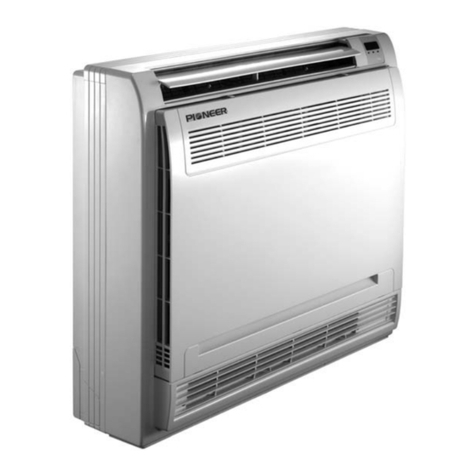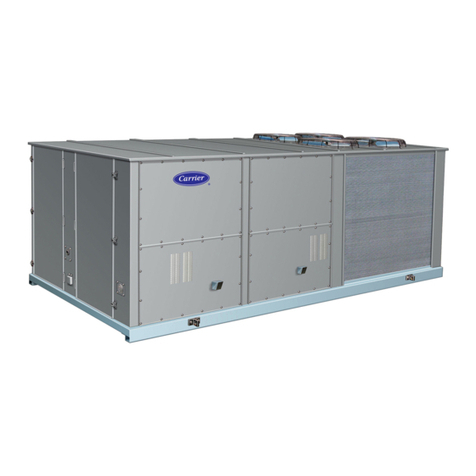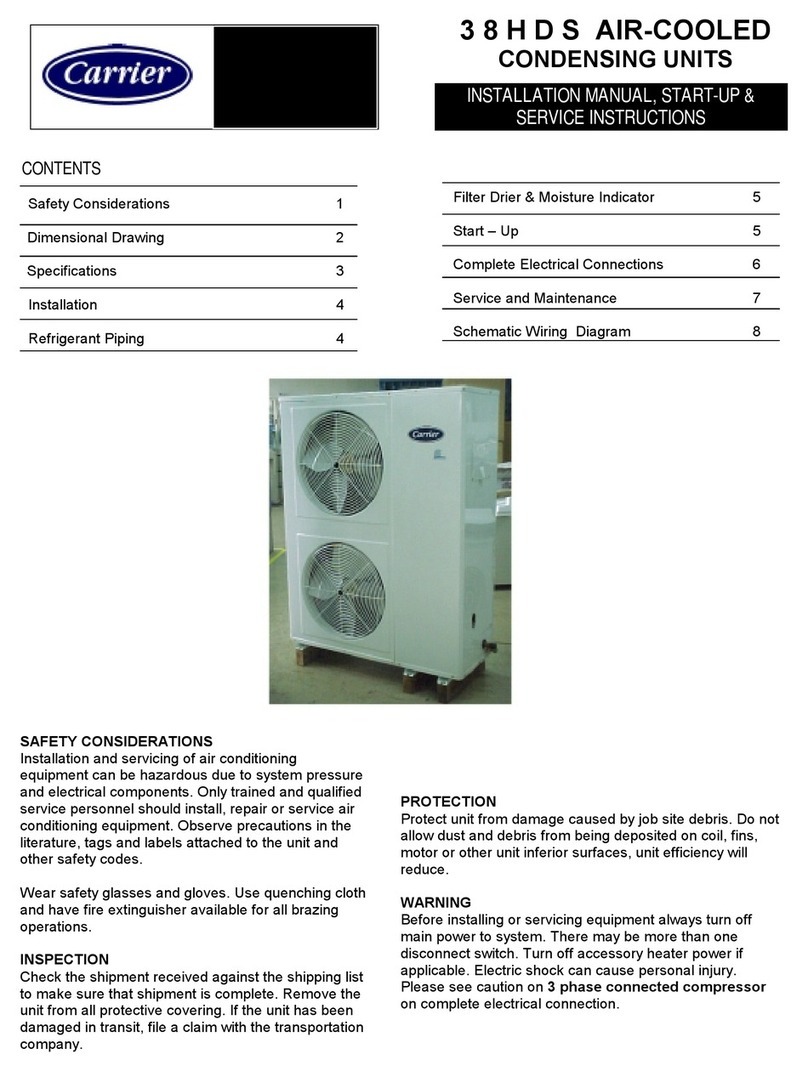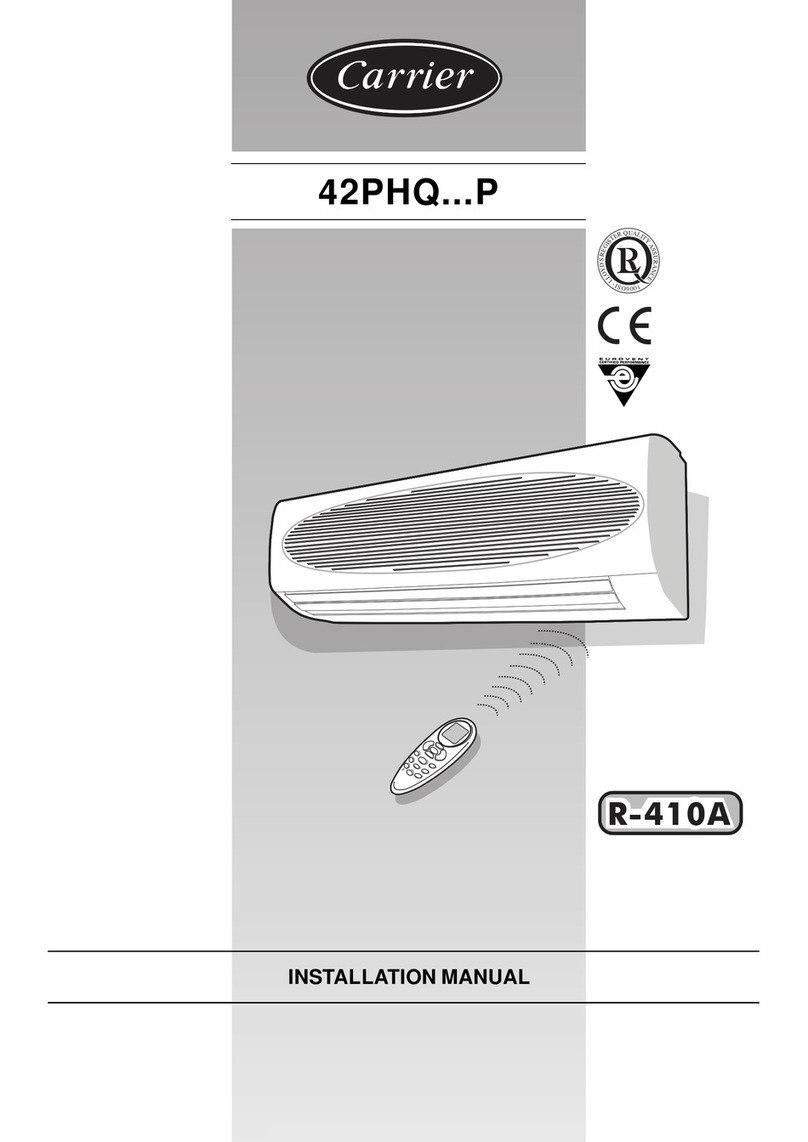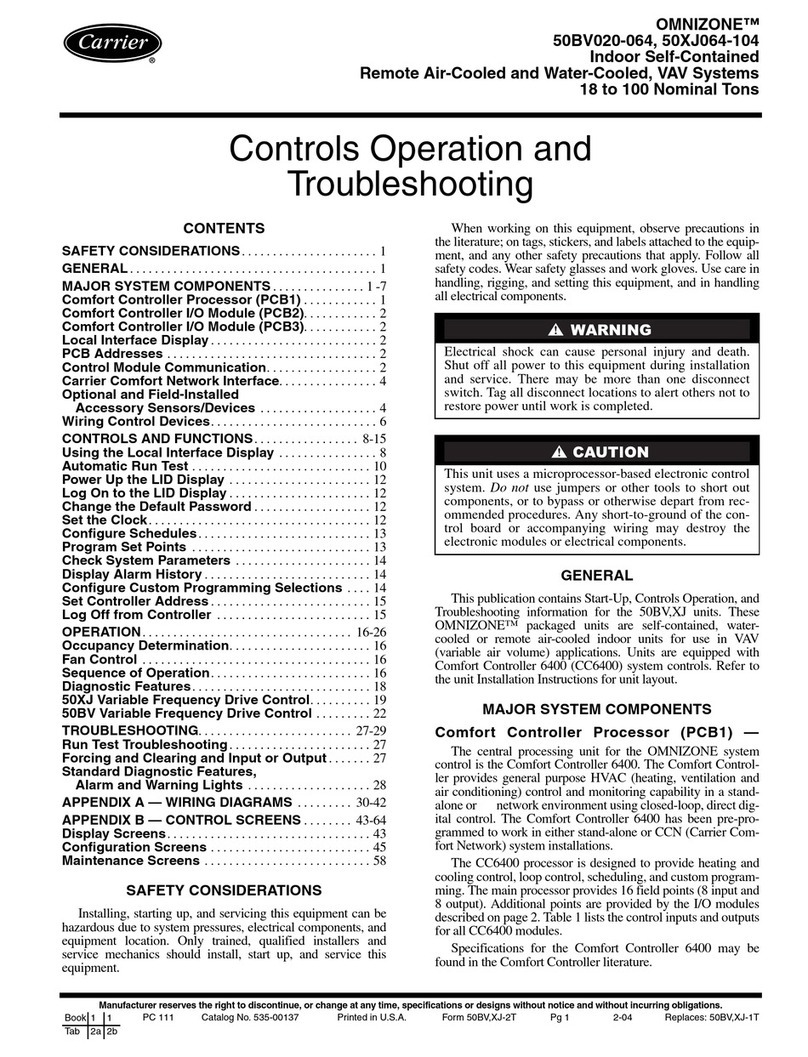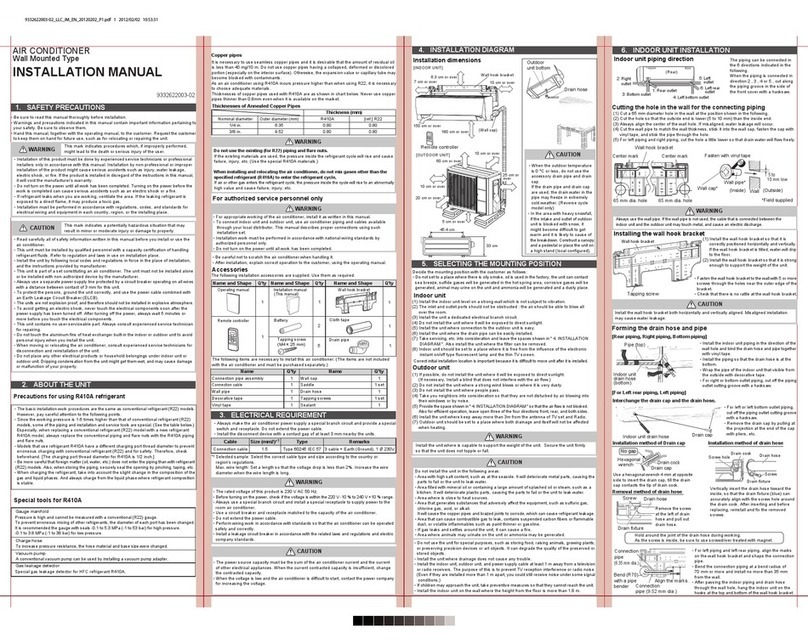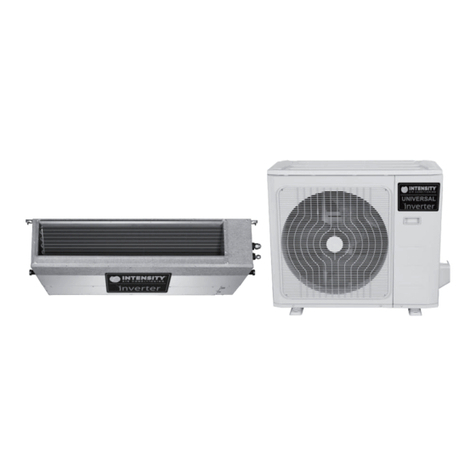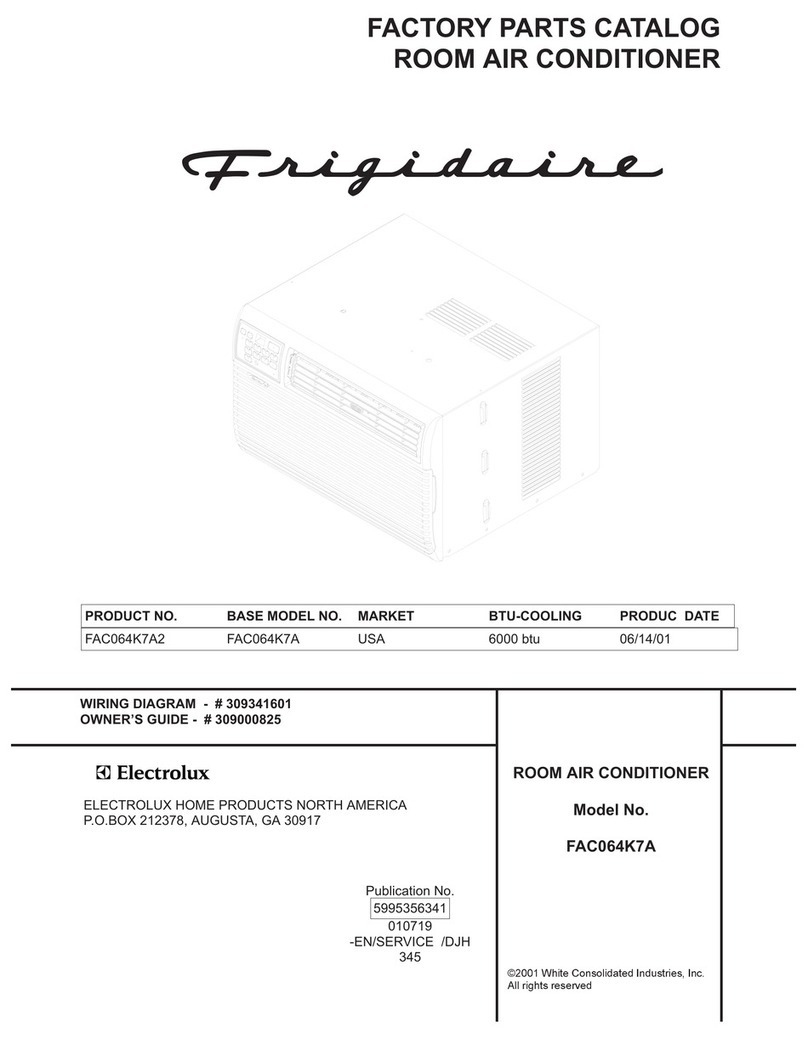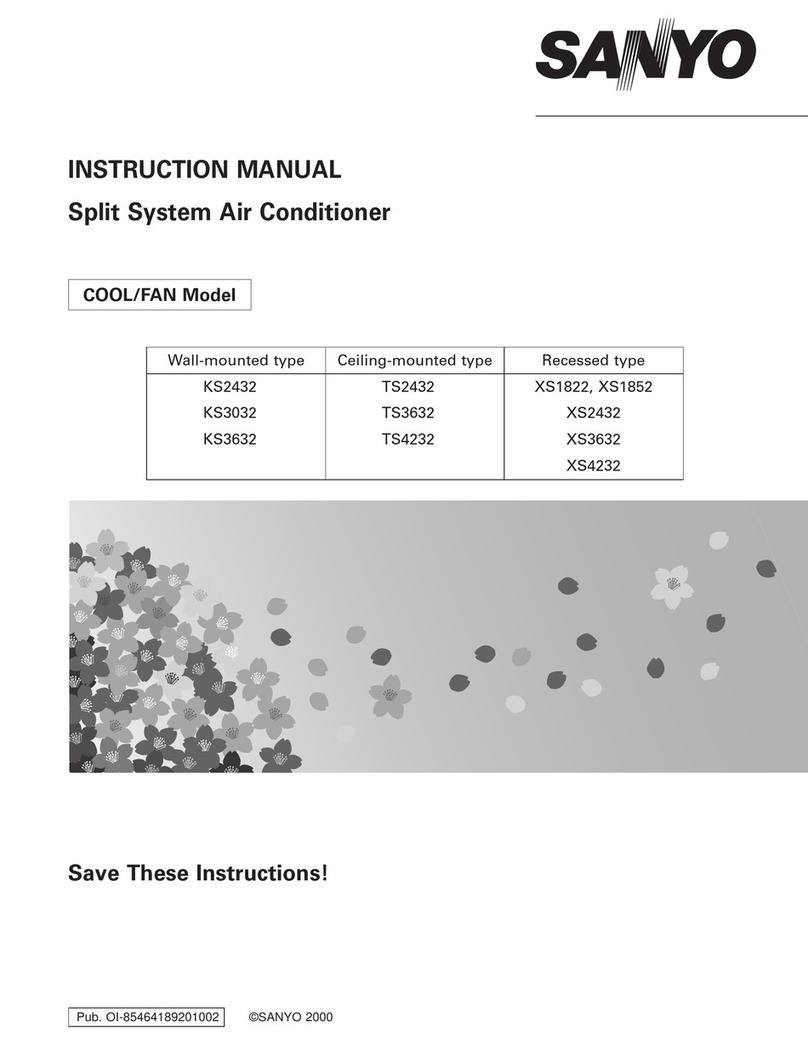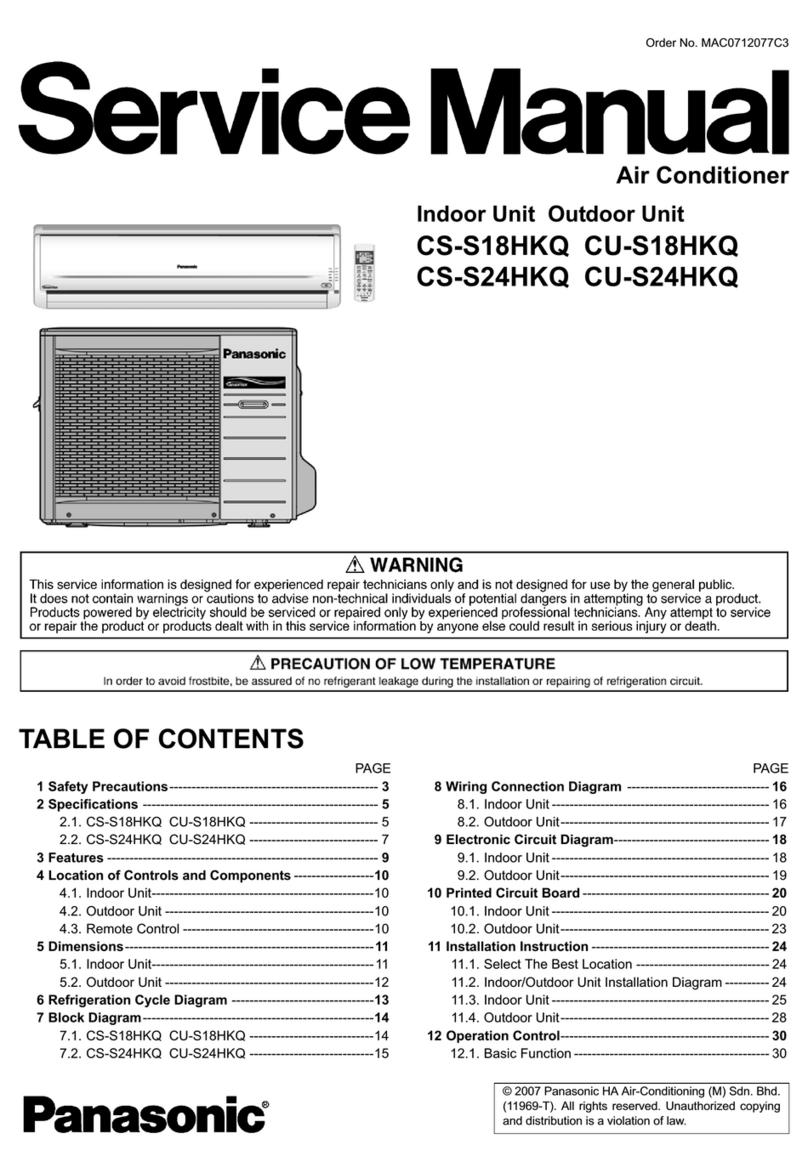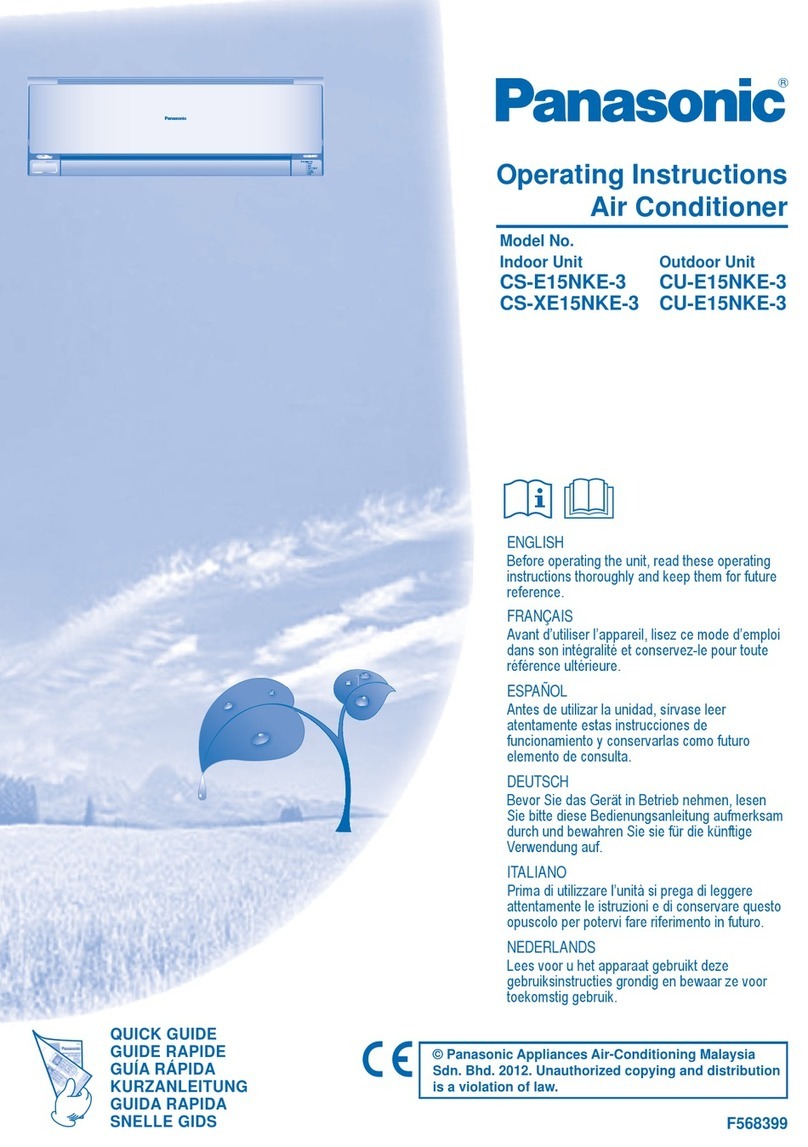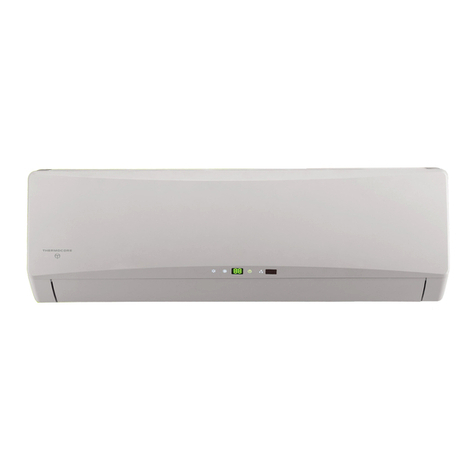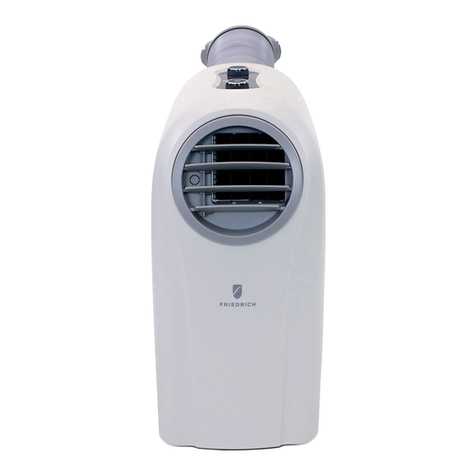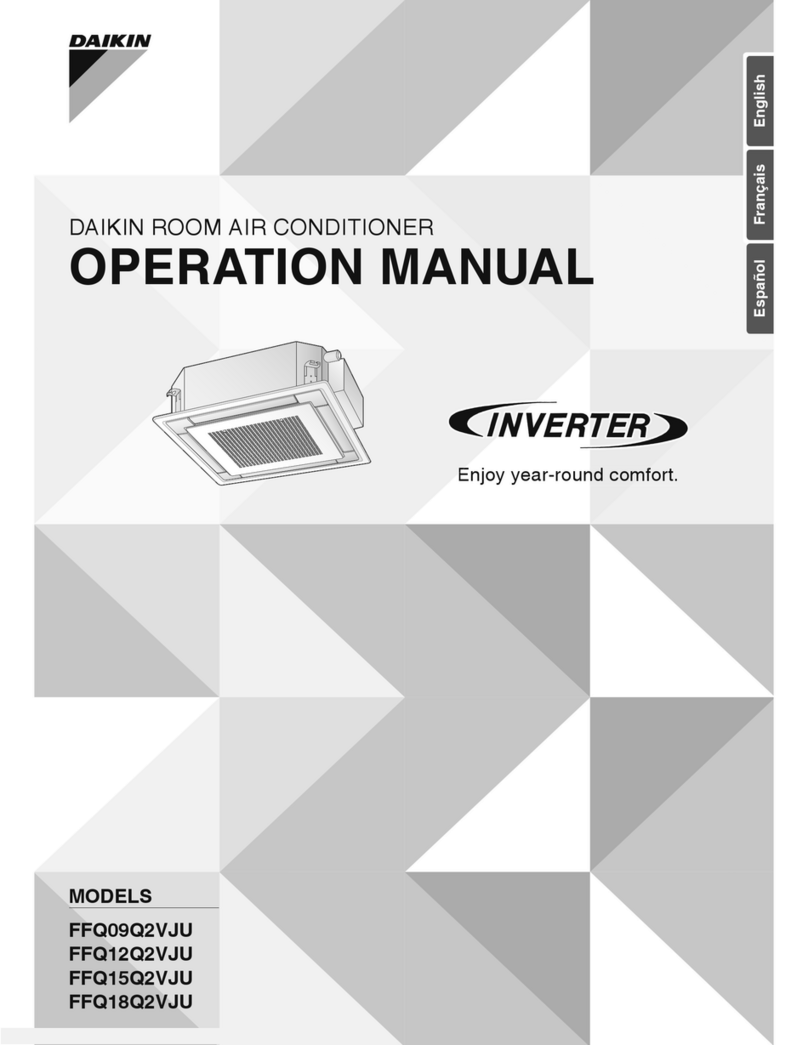
• Youmayfindthatyoucanmaintaingreaterpersonalcomfortby
runningthefancontinuously."Airpockets"canformduetothe
structureofthebuilding,placementofregisters,etcetera.These
airpocketsmaybetoocoolorwarmforyourliking.Continuous
fanoperationminimizesanytemperaturedifferences.Also,
systemsequippedwithelectronicaircleanersand/orhumidifiers
offertheaddedbenefitsofhavingtheaircontinuouslycleaned
year-round,andhumidifiedduringthewinterseason.
• Yourairconditionerwillremovehumidityfromyourhome
duringthecoolingseason.Afterafewminutesofoperation,you
shouldbeabletoseewatertricklefromthecondensatedrainof
thecoolingcoil.Checkthisoccasionallytobesurethedrain
systemisnotclogged.Ofcourse,don'texpecttoseemuch
drainageifyouliveinaverydryenvironment.
OPERATING YOUR AIR CONDITIONER
The operation of your air conditioning system is controlled by the
indoor thermostat. You simply adjust the thermostat and it
maintains the indoor temperature at the level you select. Most
thermostats for air conditioning systems have three controls. These
are the temperature control selector, FAN switch, and SYSTEM
switch.
The temperature control selector is a dial or button(s) that allows
you to establish the degree of temperature that you wish to
maintain for your personal comfort. Some thermostats possess two
temperature control selectors: one for setting the temperature
desired during the cooling cycle, and one to set the heating
operation temperature. Typical settings are 78 degrees Fahrenheit
for cooling and 68 degrees for heating.
The FAN switch offers two options for controlling the blower:
AUTO and ON. When set to AUTO, the blower will run during the
time the air conditioner is operating. When the FAN switch is set at
the ON position, the blower will run continuously.
Typically, the SYSTEM switch on your thermostat offers the
following selections: COOL, OFF, and HEAT. Your thermostat
may also have a fourth selection,AUTO. The air conditioner will
not operate when the SYSTEM switch is set at the OFF position.
With the SYSTEM switch set at COOL, the cooling section of
your comfort system will operate when the indoor temperature
rises above the level that you wish to maintain. With the SYSTEM
switch set at the HEAT position, the heating system (if equipped)
will operate automatically whenever the indoor temperature falls
below the level that you have selected.
The AUTO selection found on some thermostats provides for
automatic changeover between cooling and heating cycles. With
the SYSTEM switch set in the AUTO position, the cooling mode
is activated when the indoor temperature rises above the thermostat
cooling temperature setting, or the heating mode will be activated
when the indoor temperature drops below the thermostat setting for
the heating cycle.
Cooling Cycle
When operating in the cooling cycle, your air conditioner will run
until the indoor temperature is lowered to the level you have
selected. On extremely hot days, your air conditioner will run for
longer periods at a time and have shorter "oW' periods than on
moderate days. The following are typical conditions that add extra
heat and/or humidity to your home. Your air conditioner will work
longer to keep your home comfortable under these conditions:
• Entrance doors are frequently opened and closed
• Laundry appliances are being operated
• A shower is running
• More than the usual number of people are present in the home
• More than the normal number of electric lights are in use
• Drapes are open on the sunny side of the home
Heating Cycle
If you own a packaged air conditioner that includes an external
supplemental heating source, you need to set your thermostat for
heating when it is desired.
With the SYSTEM switch of your indoor thermostat set to the
HEAT position, the heating section of your home comfort system
will operate until room temperature is raised to the level you have
selected. Of course, the heating unit will have to operate for longer
periods to maintain a comfortable environment on colder days and
nights than on moderate ones.
/.--
A94134
PERFORMING ROUTINE MAINTENANCE
FIRE, EXPLOSION, ELECTRICAL SHOCK AND
CUT HAZARD
Failure to follow this warning could result in personal
iniury, death or property damage.
1. TURN OFF ELECTRICAL POWER TO YOUR UNIT
BEFORE SERVICING OR PERFORMING
MAINTENANCE.
2. When removing top access panels or performing
maintenance functions inside your unit, be aware of
sharp sheet metal parts and screws. Although special care
is taken to reduce sharp edges to a minimum, be
extremely careful when handling parts or reaching into
the unit. Wear safety glasses, glove, and appropriate pro-
tective clothing. Side access panel should not be
removed.
PERSONAL INJURY AND UNIT DAMAGE
HAZARD
Failure to follow this warning could result in personal
iniury, death or property damage.
Do not poke sticks, screwdrivers, or any other object into
revolving fan blades.
With the proper maintenance and care, your air conditioner will
operate economically and dependably. Maintenance can be
accomplished easily by referring to the following directions.
However, before performing maintenance, consider these
important safety precautions:
• DISCONNECT ALL ELECTRICAL POWER TO THE AIR
CONDITIONER BEFORE PERFORMING SERVICE OR
MAINTENANCE. DO NOT REMOVE SIDE ACCESS
PANELS. ACCESS UNIT FROM TOP PANEL.
For a packaged air conditioner unit, disconnect power to the unit.
